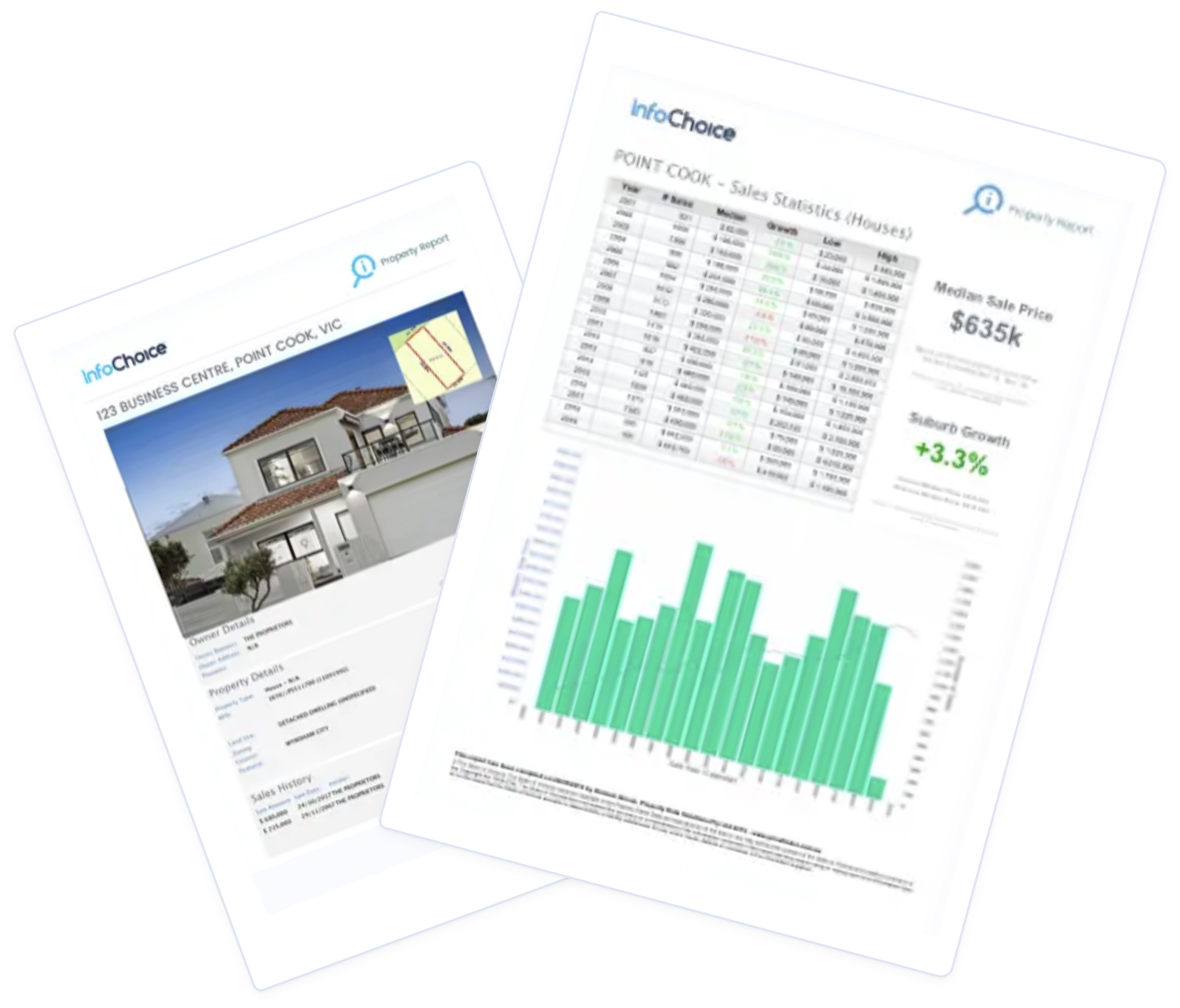
According to ABS, the total value of residential dwellings in Australia rose by $325bn over the June 2023 quarter to $10.09trn.
This was earlier than what was stated in the CoreLogic report, which showed that the value hit $10trn only at the end of August.
ABS figures also showed that the number of residential dwellings rose by 52,200 to 11,055,800 this quarter.
Meanwhile, the mean price of residential dwellings rose by $25,200 to $912,700 over the quarter. Of the total value of residential dwellings, around 96% or ($9.69trn) was owned by households.
This comes as the ABS also revealed international arrivals topped 1.7 million in July 2023 - the highest result since January 2020. Of those, 10,400 were permanent arrivals, while more than 100,000 were long-term international visitors.
Over the quarter, the value of residential properties increased across all states and territories, with the most significant gains seen in New South Wales and Queensland.
The mean price of residential dwellings in NSW ($1,167,500) remains the highest in the country, followed by the ACT ($947,900) and Victoria ($904,800). The lowest mean price is in the Northern Territory ($512,700).
The average residential property price in NSW stands as the highest in the nation at $1,167,500, followed by the ACT at $947,900, and Victoria at $904,800. Conversely, the lowest average price can be found in the Northern Territory at $512,700.
CoreLogic head of research Eliza Owen said a few factors explain why housing values have continued to rise, including the use of pent-up savings by many Australian households, surging demand, and constrained supply.
“CoreLogic is expecting some heat could come out of the recent recovery trend toward the end of this year, while a more robust recovery in housing values will be limited until credit conditions loosen,” she said.
Photo by lanchanachitkhamma on Canva.
